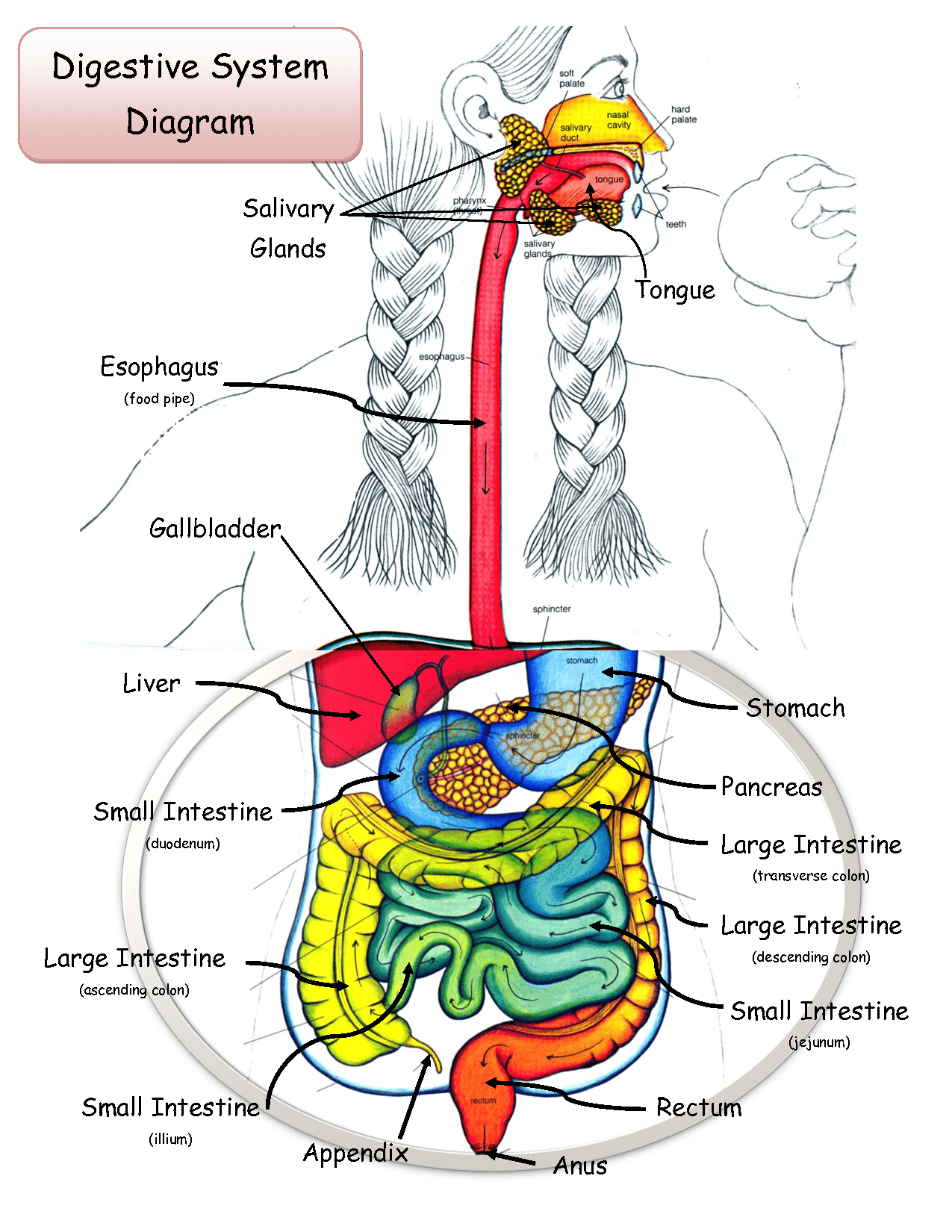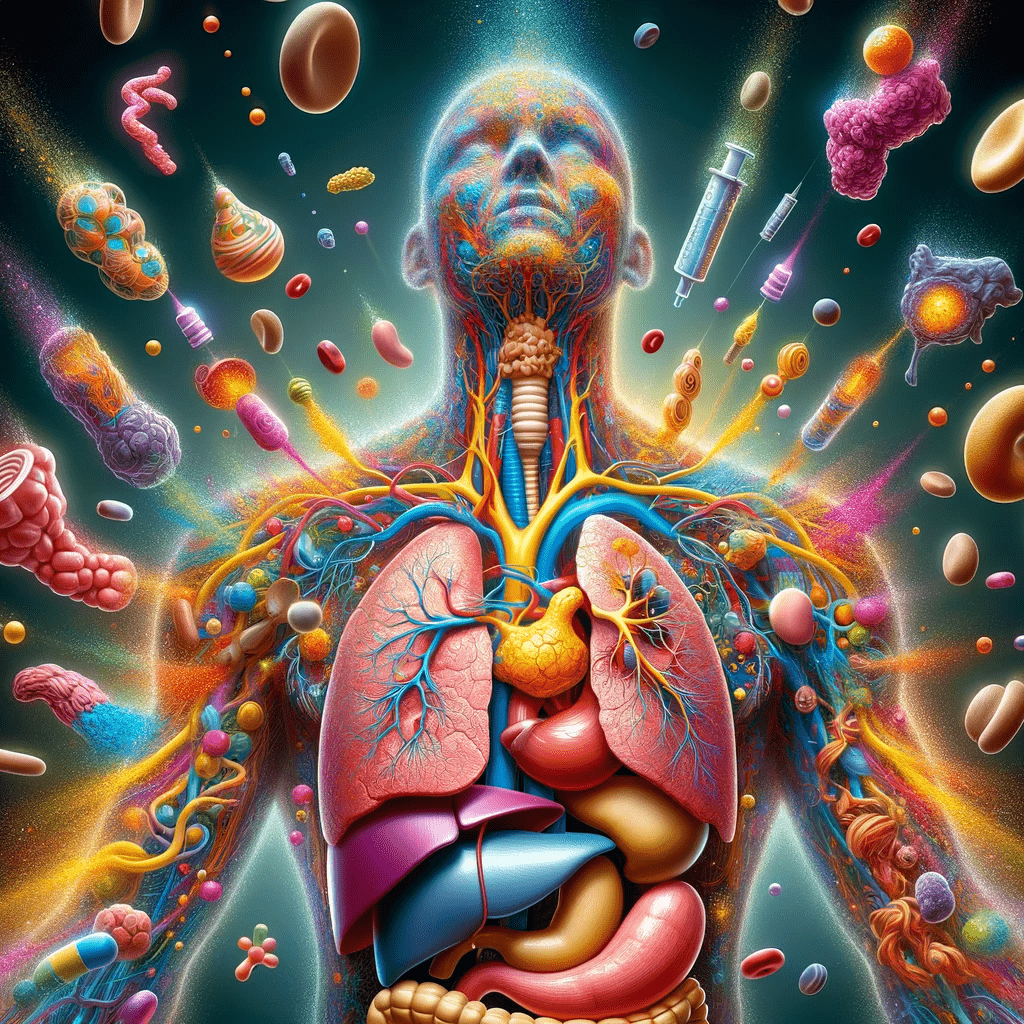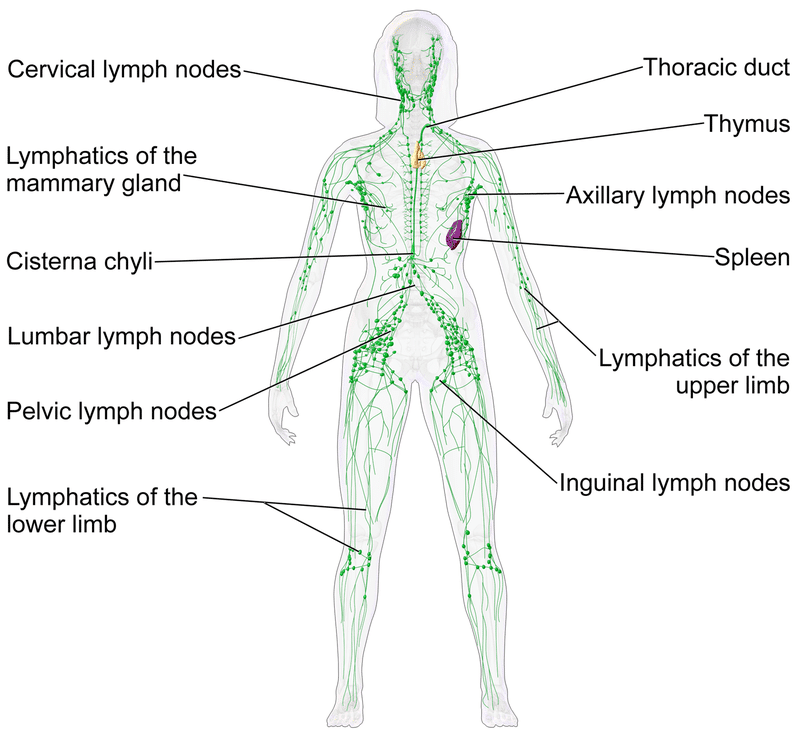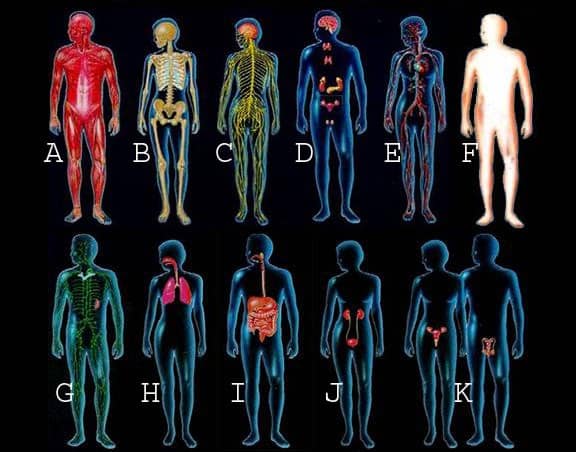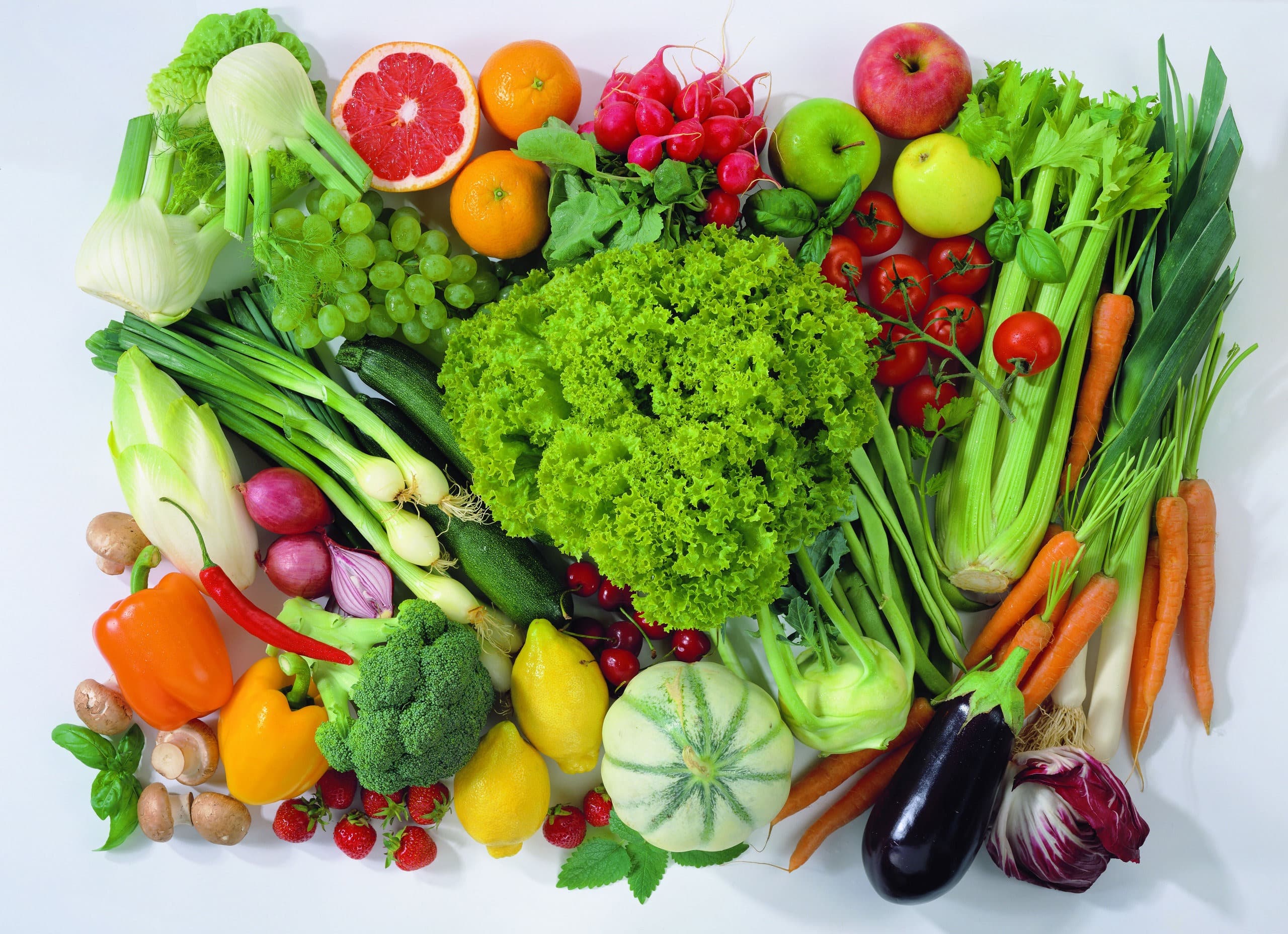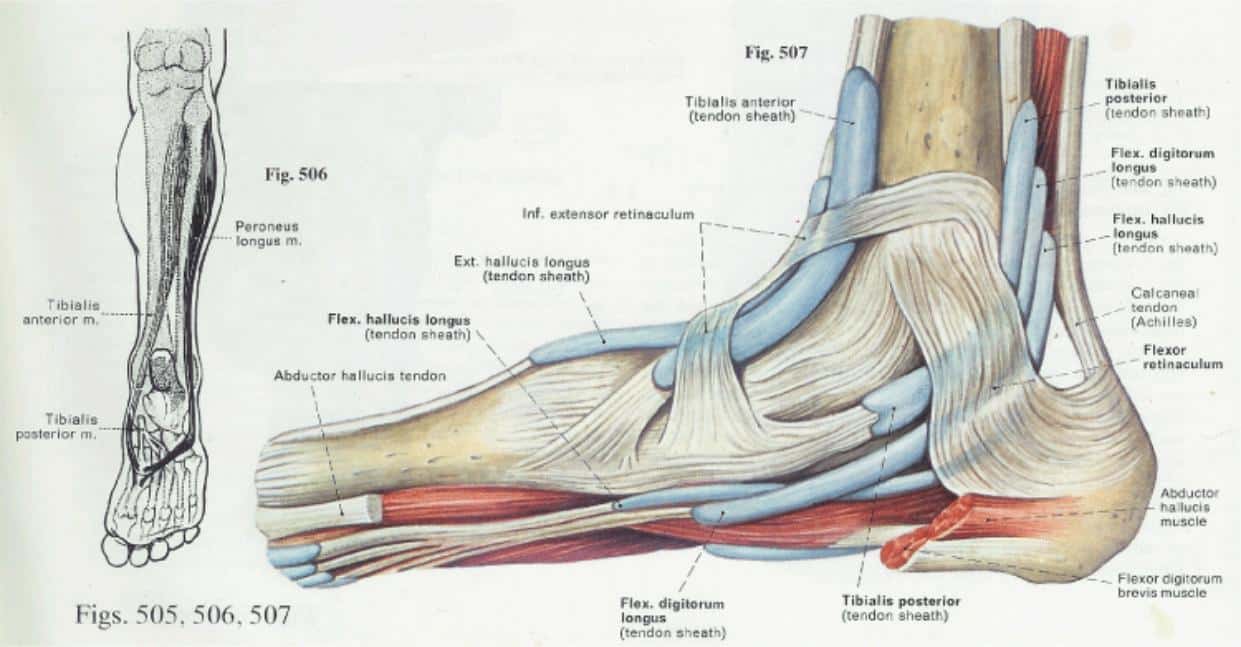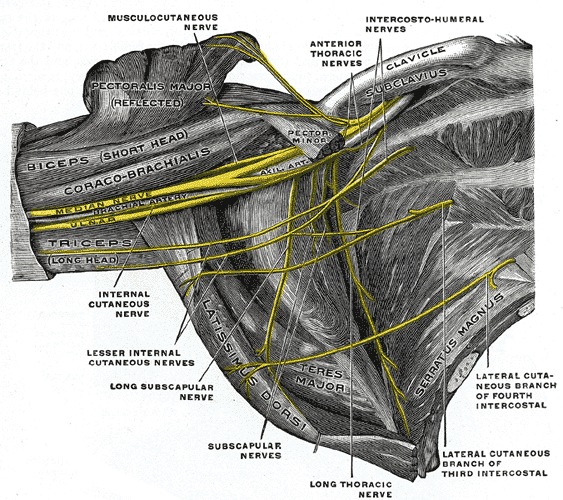The Gastrointestinal Tract
The gastrointestinal tract, or digestive system is the organ system responsible for consuming and digesting food while absorbing the nutrients, then expelling waste. This consists of all organs between the mouth and anus. It is also essential for immune functioning, and homeostasis in the body. The organs that comprise the tract are the following organs … Read more

